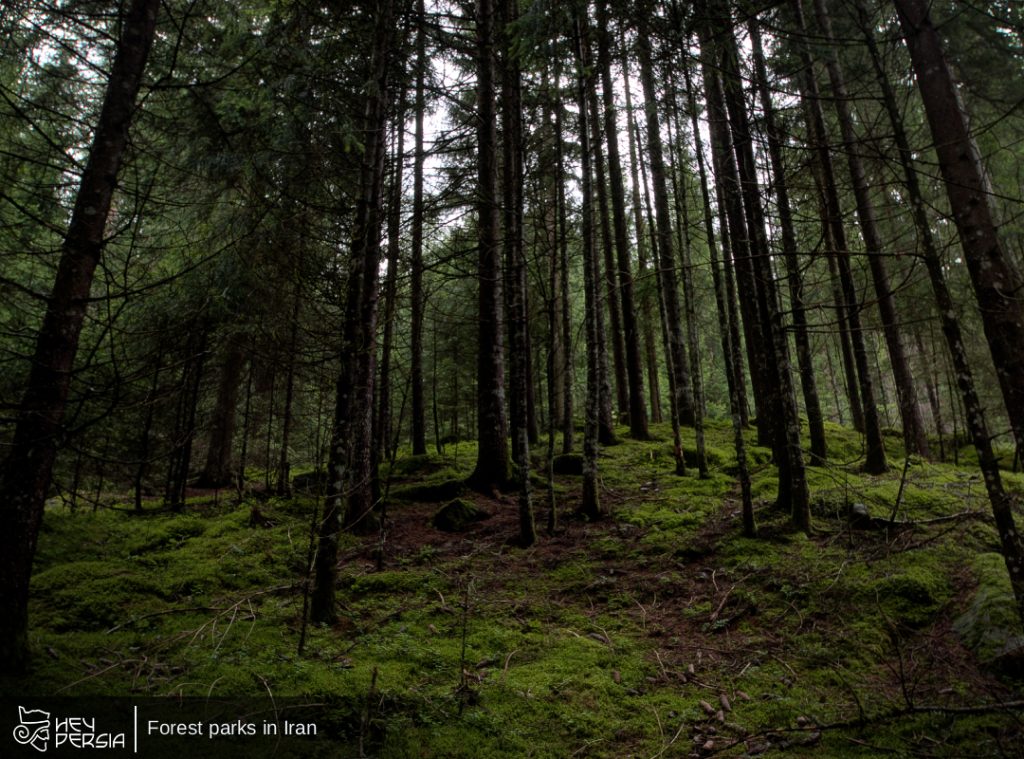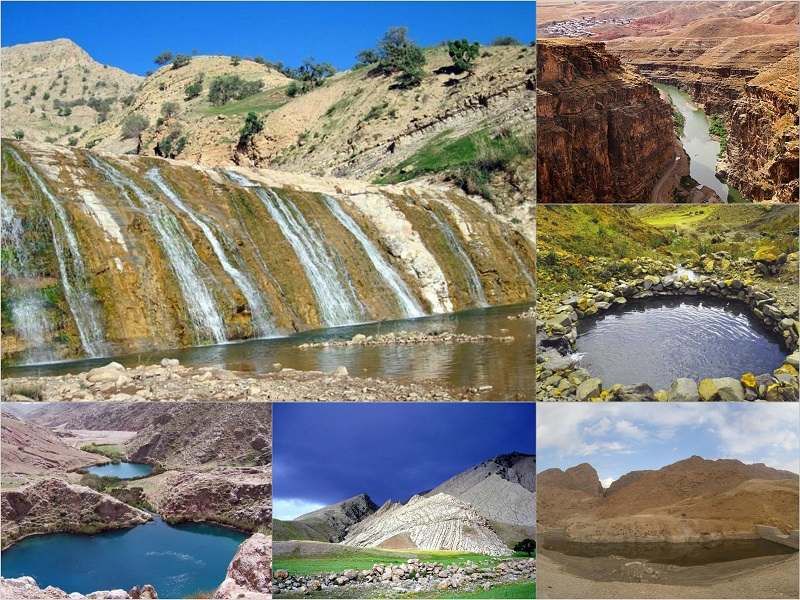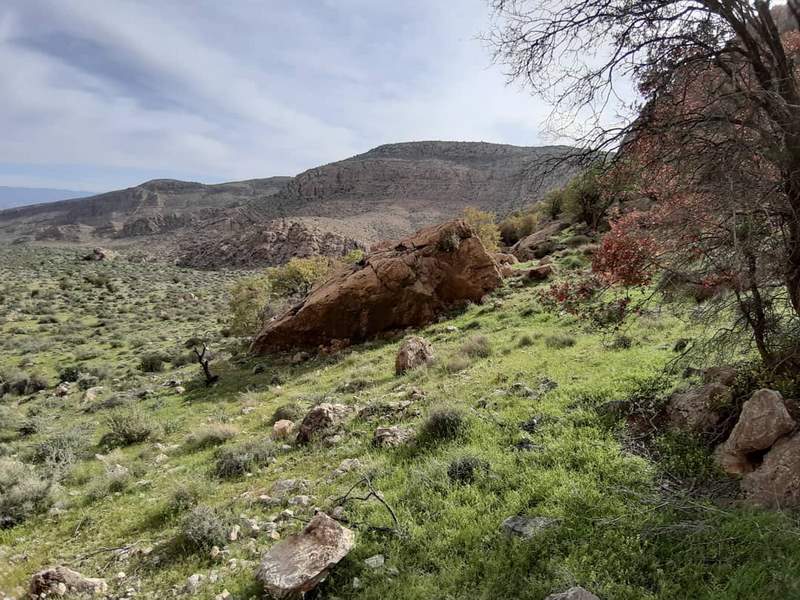A comprehensive guide to the forest parks in Iran by Heypersia.
Table of contents
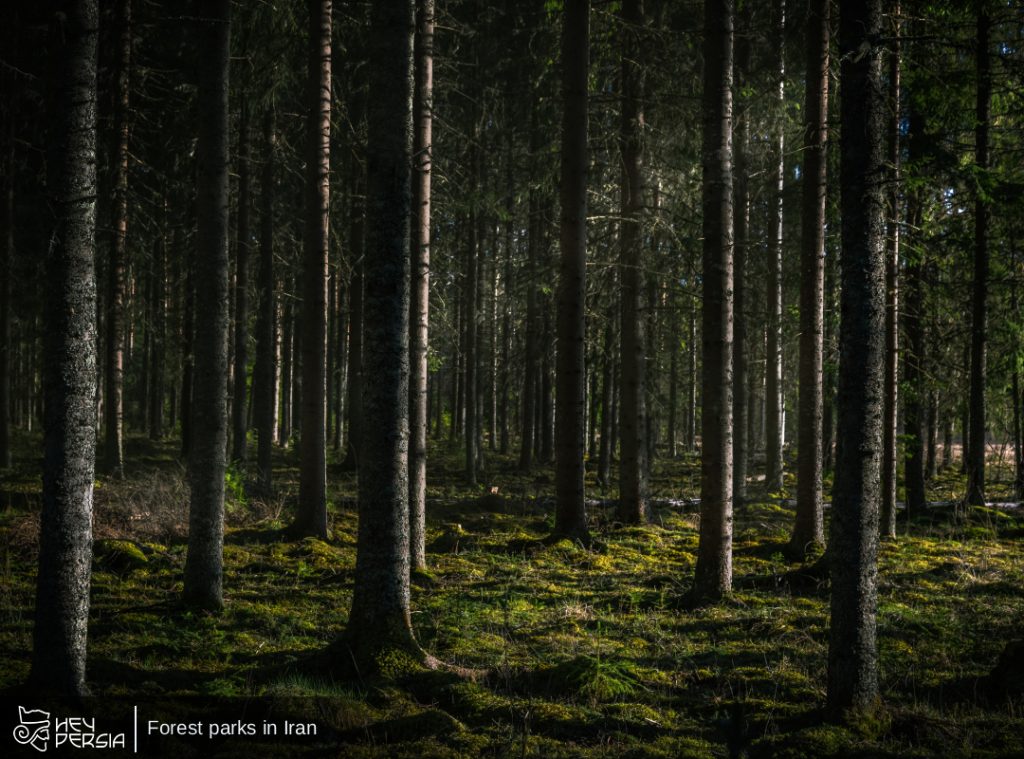
Key Takeaways
- Iran’s forest parks span lush northern Hyrcanian forests, central mountainous woodlands, and southern protected zones, offering unique biodiversity and cultural value.
- These parks play a critical role in climate regulation, tourism, and community livelihoods, with several designated as UNESCO World Heritage Sites.
- Travelers can explore popular parks such as Golestan National Park, Alborz Forest Park, and Tooska Forest Park, each featuring unique flora, fauna, and recreational opportunities.
- Responsible tourism, proper infrastructure, and awareness about conservation challenges such as illegal logging and climate change are essential for their future.
What Are Forest Parks in Iran?
Forest parks in Iran are protected areas combining natural woodland ecosystems with recreational amenities for public use like Bojagh Park. Managed by Iran’s Department of Environment and local municipalities, these parks balance ecological preservation with tourism, education, and community engagement. Many include picnic facilities, hiking trails, and wildlife observation zones, making them vital for nature-based tourism and environmental awareness.
Importance of Forest Parks
- Biodiversity hotspots: Home to rare and endemic species such as the Persian leopard, wild goats, and unique tree species like ironwood (Parrotia persica).
- Climate mitigation: Forest parks absorb carbon dioxide and regulate local microclimates, particularly in arid and semi-arid regions.
- Cultural and recreational value: Many parks hold cultural heritage sites and offer leisure activities for millions of visitors annually.
- Economic contribution: Tourism and sustainable forestry projects generate employment for local communities.
Major Forest Parks in Iran
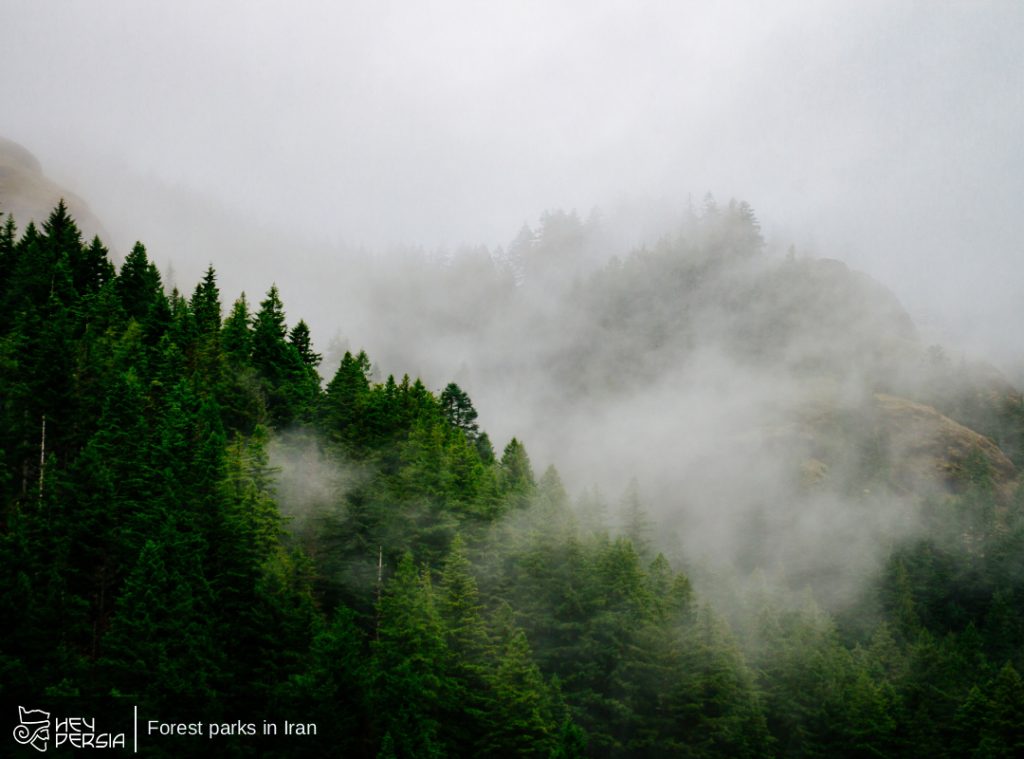
1. Golestan National Park (Golestan Forest Park)
- Location: Northeastern Iran, straddling Golestan, North Khorasan, and Semnan provinces.
- Significance: UNESCO Biosphere Reserve and one of the oldest national parks in Iran.
- Highlights:
- Houses over 1,350 plant species and 300 animal species.
- Wildlife includes Persian leopards, brown bears, and wild sheep.
- Attractions include the Tangrah Waterfall, scenic valleys, and nature interpretation centers.
2. Alborz Forest Parks
The Alborz mountain range is dotted with urban-adjacent forest parks:
- Chitgar Forest Park (Tehran): Over 950 hectares, ideal for cycling and family picnics.
- Lalehzar Forest Park: Known for its cedar groves and cool climate, popular in summer.
- Lavizan Forest Park: Offers city dwellers green escape routes with sports facilities and botanical diversity.
3. Hyrcanian Forest Parks (Northern Iran)
- Tooska Forest Park (Mazandaran): Famous for dense Hyrcanian vegetation and hiking trails.
- Sangdeh Forest Park: Combines deep forests with mountainous terrain, ideal for nature photographers.
- Namakabrud Forest Park: Linked by cable cars to the Caspian coastline.
4. Southern and Central Forest Parks
Though less dense than the north, these parks showcase desert-adapted species:
- Dez Forest Park (Khuzestan): Protects riparian forests along the Dez River.
- Arasbaran Protected Area (East Azerbaijan): Known for oak forests, migratory birds, and historical fortresses.
What Activities Can Visitors Enjoy?
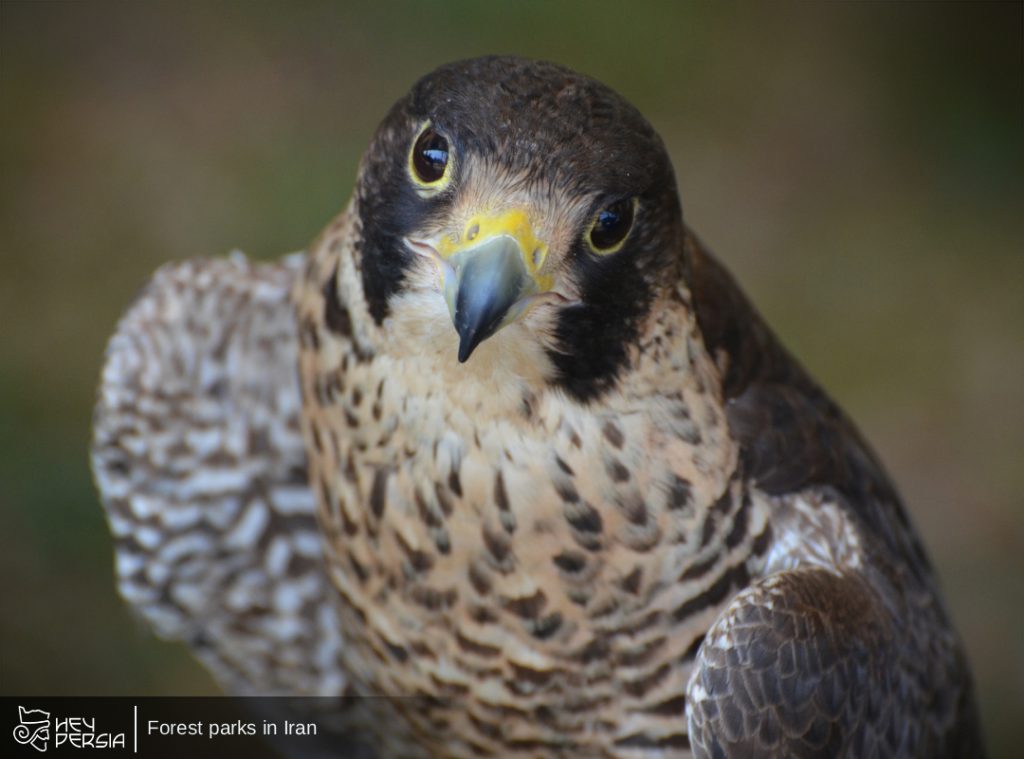
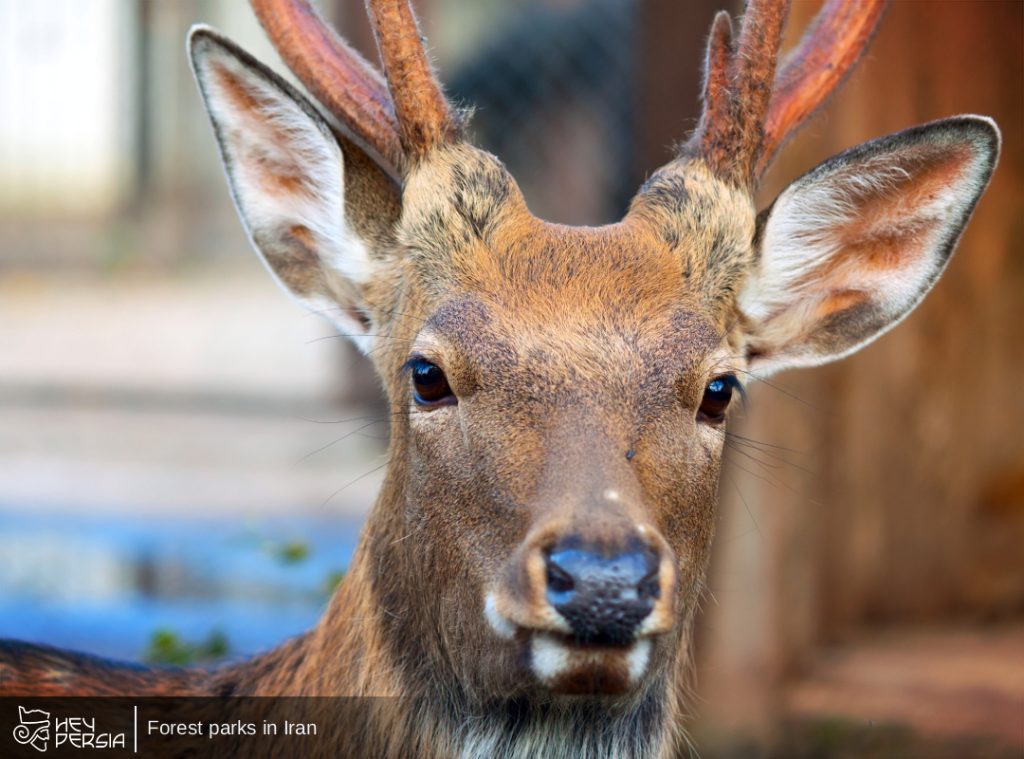

- Hiking and trekking on well-marked trails.
- Wildlife observation, particularly in Golestan and Arasbaran.
- Cultural exploration of historic caravanserais and ancient relics inside park boundaries.
- Eco-tourism and camping, with designated safe zones for overnight stays.
- Cycling, birdwatching, and photography opportunities in urban forest parks.
Conservation Challenges and Solutions of Forest parks in Iran
Key Threats
- Deforestation and illegal logging, particularly in the Hyrcanian forests.
- Climate change impacts, leading to drought and pest outbreaks.
- Over-tourism, damaging fragile ecosystems.
Ongoing Initiatives
- Government reforestation projects under the Forest, Rangeland, and Watershed Management Organization (FRWMO).
- UNESCO-supported conservation plans for the Hyrcanian Forests.
- Public awareness campaigns about sustainable visitation practices.
Practical Travel Tips for Forest parks in Iran
- Best time to visit: Spring (April–June) and autumn (September–November) for mild weather.
- Permits: Some parks require entry permits, particularly for camping or off-road trekking.
- Local guides: Hiring certified eco-guides enhances the experience and supports local economies.
- Respect regulations: Stay on designated trails and avoid disturbing wildlife.
How Forest Parks Boost Iran’s Tourism Economy
Forest parks contribute significantly to domestic and international tourism, accounting for millions of visits annually. They attract diverse segments:
- Adventure tourists: drawn to trekking, mountaineering, and wildlife safaris.
- Cultural tourists: combining nature with heritage exploration.
- Families and educational groups: using forest parks for learning activities.
According to Iran’s Ministry of Cultural Heritage, nature-based tourism generates over 20% of the country’s tourism revenue, with forest parks being central to this sector.
Conclusion
Forest parks in Iran are not only stunning natural havens but also critical for biodiversity conservation, cultural heritage, and the national economy. By combining sustainable tourism, scientific research, and community involvement, these parks can thrive for generations. Whether you are an eco-tourist, a photographer, or a family seeking nature escapes, Iran’s forest parks offer unforgettable experiences across every season.
FAQ: Forest Parks in Iran
1. What are the most popular forest parks in Iran?
Golestan National Park, Chitgar Forest Park (Tehran), Lavizan Forest Park, Tooska Forest Park (Mazandaran), and Arasbaran Protected Area are among the most visited.
2. Which forest park in Iran is best for hiking?
Golestan National Park offers extensive trails through mountains and valleys, while Tooska Forest Park and Namakabrud Forest Park are also excellent for scenic hikes.
3. Do I need a permit to enter?
Many urban forest parks are open access, but some national parks and protected areas (e.g., Golestan and Arasbaran) require entry permits, especially for camping and trekking.
4. Are Iran’s forest parks family-friendly?
Yes. Parks like Chitgar and Lavizan in Tehran offer picnic areas, cycling paths, and playgrounds. National parks often have designated safe zones for families.
5. When is the best time to visit Iran’s forest parks?
Spring (April–June) and autumn (September–November) provide mild weather and lush landscapes, making them ideal seasons for outdoor activities.
6. Are there guided tours available?
Yes, certified eco-tour guides are available at most major parks. They can enhance the visitor experience and ensure compliance with conservation rules.
7. What wildlife can I see in Forest parks in Iran?
You may encounter Persian leopards, brown bears, wild goats, boars, and a variety of bird species, especially in Golestan and Arasbaran parks.

